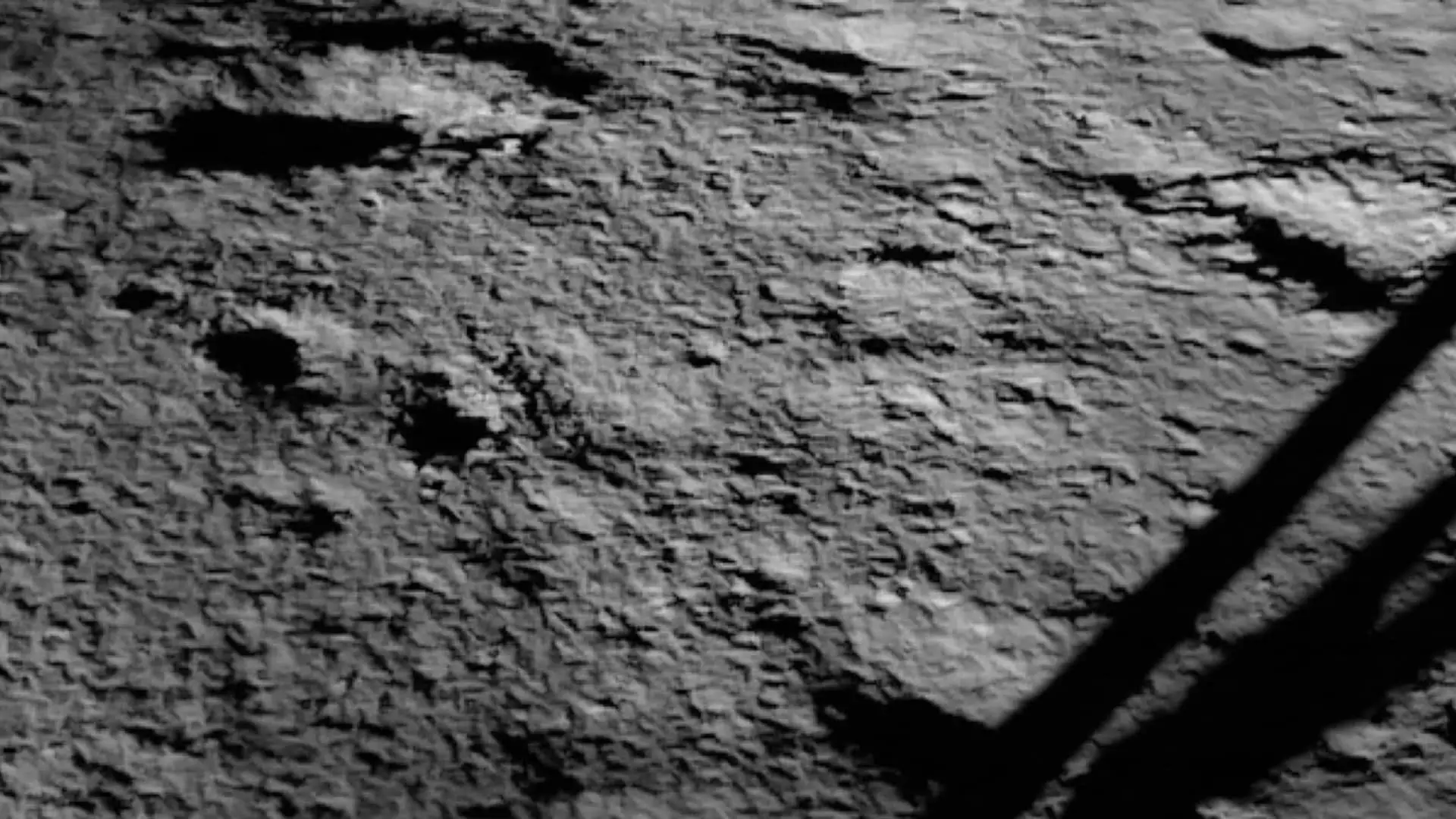The list of past lunar missions is plagued with failures and setbacks, but India has managed to secure a coveted spot on the moon. On Wednesday, the country successfully landed its Chandrayaan-3 spacecraft on the lunar surface, making it the fourth nation to achieve this milestone. Not only is the achievement significant, but the fact that India accomplished it on a relatively tight budget is equally impressive.
One of the most striking aspects of India’s lunar landing is the relatively low-cost nature of the mission. The Indian Space Research Organization (ISRO) estimated that the Chandrayaan-3 mission would cost around $75 million in 2020. While the launch was delayed, increasing the overall mission cost, it still rivals the budgets of even the most cost-efficient lunar lander missions developed by the United States.
For comparison, NASA has turned to fixed-price contracts to develop moon landers through its “Commercial Lunar Payload Services” program. This program has a maximum budget of $2.6 billion over 10 years, with individual mission contracts typically worth over $70 million. In terms of overall funding, NASA’s budget far exceeds that of ISRO, with the U.S. agency receiving $25.4 billion in 2023 compared to India’s budget of approximately $1.6 billion.
While India’s accomplishment is commendable, there is room for growth. As a percentage of gross domestic product (GDP), India invests significantly less in space compared to the United States. According to a July report by the Space Foundation, India allocates only 0.04% of its GDP to space, while the U.S. spends 0.28% of its GDP on space-related activities. This stark difference has led experts, including former NASA Administrator Jim Bridenstine, to urge India to increase its investments in space exploration.
Bridenstine believes that the success of the Chandrayaan-3 mission should serve as a catalyst for India to capitalize on its achievements. With its growing economy and potential influence, India has the opportunity to become a major player in the field of space exploration.
India’s Geopolitical Role in Space
China has emerged as a significant rival to the United States in space exploration, succeeding Russia in this regard. However, India has the potential to challenge China for the third spot in the space superpower hierarchy. Bridenstine acknowledges India’s growing presence and capabilities in space and encourages the nation to further develop its potential.
Considering the reduction in costs associated with space exploration, Bridenstine believes that India, along with other interested parties, can take advantage of this positive development. As more companies venture into space missions, the cost of reaching the moon is projected to decrease, opening up new opportunities for exploration and discovery.
The Future of Lunar Missions
India’s successful lunar landing serves as a reminder of the many challenges that previous missions have faced. The history of lunar missions is filled with failed attempts and setbacks. Even in recent years, the number of successful lunar landings remains uncertain, as countries like China, India, and Russia have encountered difficulties in their pursuit of lunar exploration.
Nevertheless, as technology advances and costs decrease, the future of lunar missions appears promising. Companies and nations alike are venturing into space exploration, driven by curiosity and the desire to uncover the secrets of our celestial neighbor. With each successful mission, our understanding of the moon deepens, paving the way for future advancements and discoveries.
India’s recent achievement in landing the Chandrayaan-3 spacecraft on the moon is a testament to the nation’s engineering prowess and determination. Despite a limited budget compared to other space agencies, India has demonstrated that success in lunar missions is possible. As India continues to expand its space capabilities and investments, the country has the potential to become a leading player in space exploration. With costs expected to decrease and more missions on the horizon, the moon remains an enticing destination for future explorations and scientific discoveries.


Leave a Reply